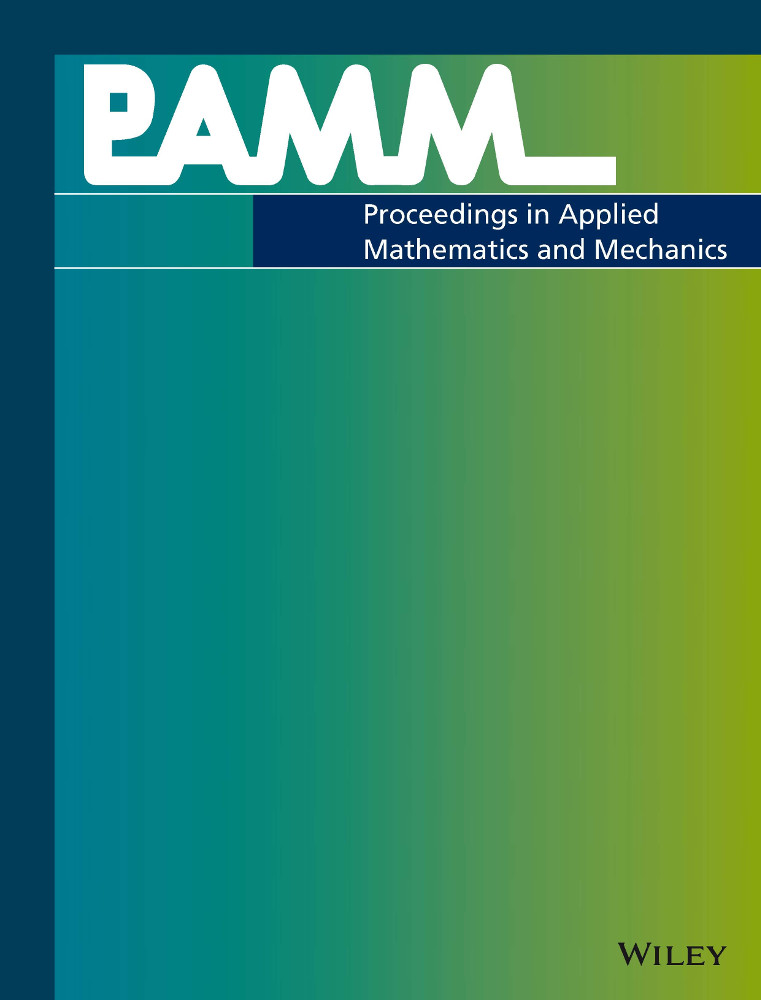FEM-Modeling of thermal and viscous effects in piezoelectric MEMS loudspeakers
Abstract
Loudspeakers based on piezoelectric micro-electro-mechanical system (PMEMS) are attracting an increasing interest due to their small size, low electronic power consumption, and easy assembly. These aspects are particularly advantageous in applications like earphones, mobile phones, and in-ear hearing aid devices. However, creating sufficiently high sound pressure levels challenges many existing MEMS loudspeakers. Furthermore, their small dimensions require the consideration of additional physical phenomena like thermoviscous losses, which are often negligible in large loudspeakers. We model and characterize a 3D piezoelectric MEMS loudspeaker in this work using our open-source finite element method (FEM) program openCFS. We use the linearized conservation of mass, momentum, and energy (thermoviscous acoustic PDEs) for a compressible Newtonian fluid (air) and describe the linear elastic solid using the linearized balance of momentum. The coupling between flow and solid fields is then applied using a non-conforming FEM formulation. The standard acoustic partial differential equation (PDE) is used in the far-field, where the thermal and viscous effects are negligible. We study the viscous effects on the displacement and the sound pressure levels (SPLs) of the loudspeaker by parameter studies. These results indicate that at a distance of 13 mm, an SPL of 55 dB at 5 kHz is achieved by a single PMEMS loudspeaker with a footprint of 1.7×1.7 mm2 under a low driving voltage of only 1 V, which is promising considering its dimensions.




